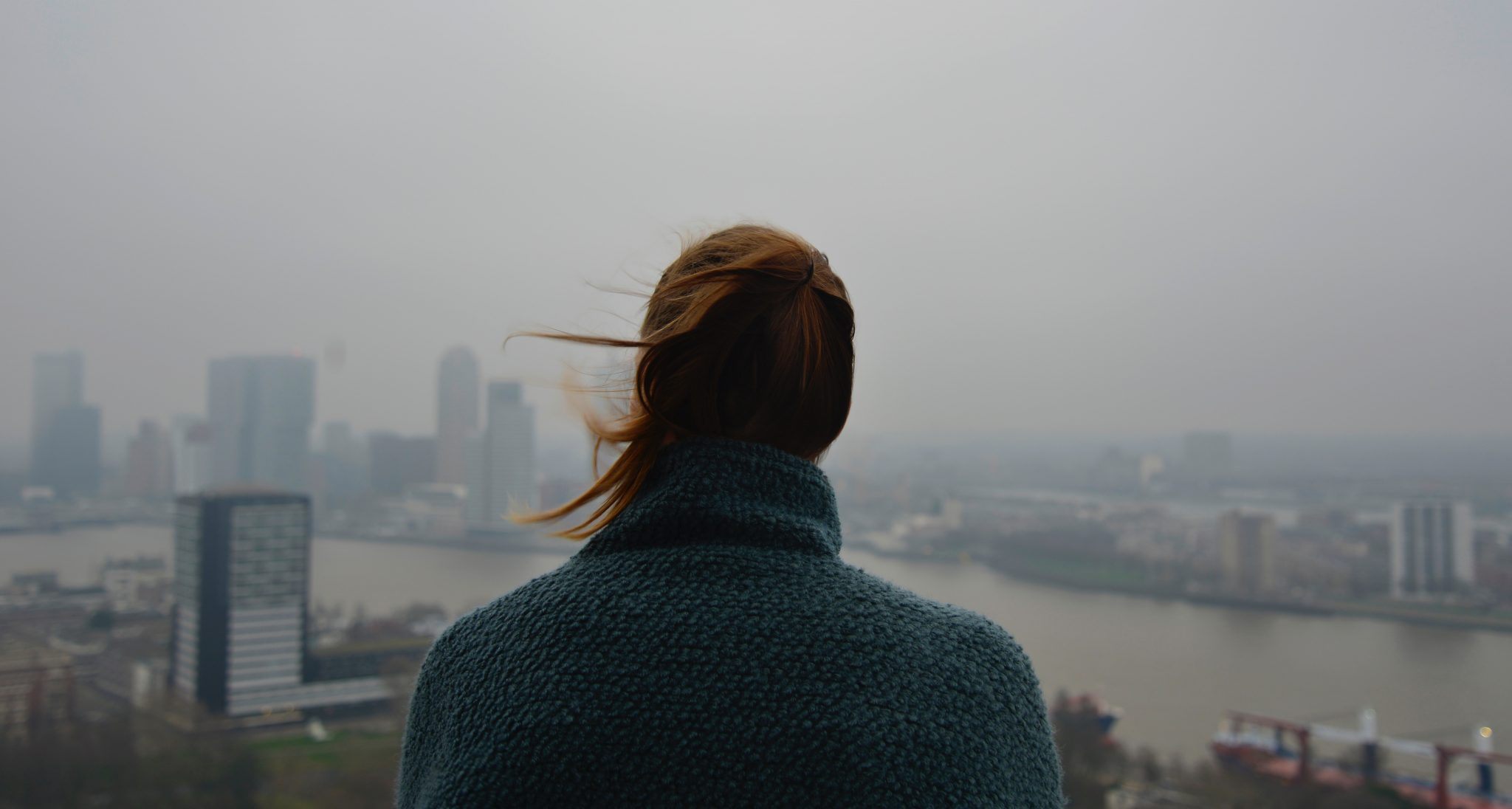22 August 2019
Originally published on TravelDailyNews.
“Today, people are more willing to pay to escape or defend against pollution than ever before, making it a good time for the wellness and hospitality sectors to get on board.”
From smog to acid rain, contaminated water to a barrage of advertising day and night, we all live in a world plagued by all kinds of pollutants. As the global population increases, so do the industries that support our very existence. Living in Bangkok, pollution is something that GOCO Hospitality cannot ignore. And although we have air purifiers on each floor, detoxifying plants at every desk and organic communal lunches, even we cannot truly escape pollution.
Worldwide, a dialogue is growing. People are talking about how to reduce pollution and work towards a cleaner and greener world on a scale never seen before. As awareness grows, so does our understanding of the dangers of pollution – from minor inconveniences to major health issues and global pandemics.
From a wellness perspective, this is a trend nobody wanted. Defence against pollution is becoming the norm. From skin creams and N95 facemasks all the way to cans of clean air in China – humanity will go to extreme lengths to stay healthy. Today, people are more willing to pay to escape or defend against pollution than ever before, making it a good time for the wellness and hospitality sectors to get on board.
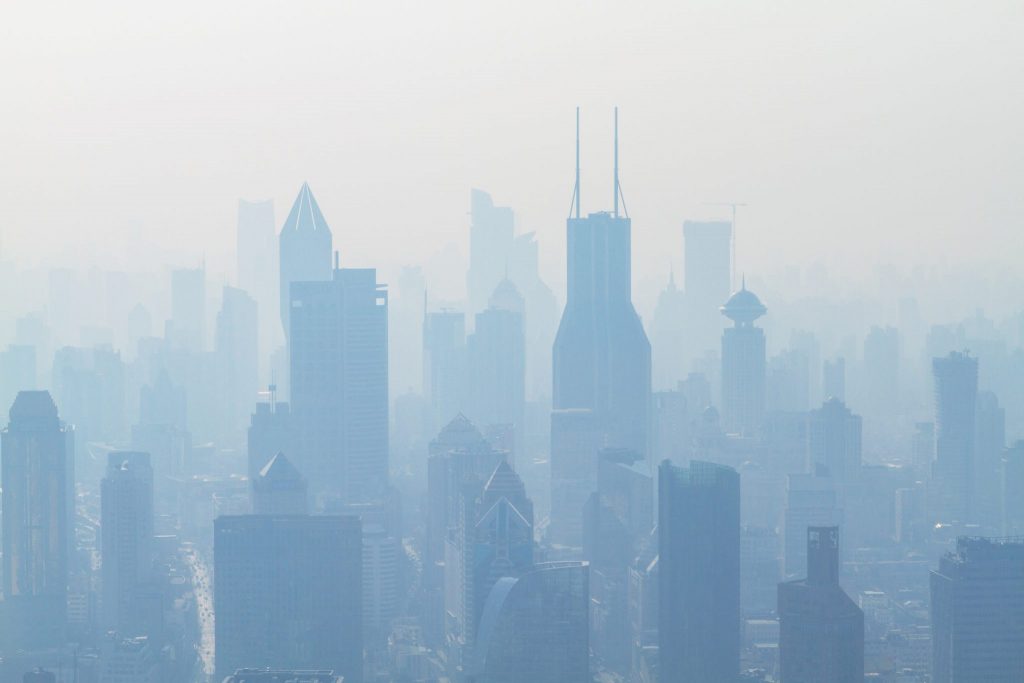
Begin with a deep breath
Air pollution comes in many forms. From carbon monoxide and ground-level ozone to lead, sulphur and particulate matter, anything in the air that is harmful or poisonous can have serious effects on both our health and our wellbeing.
When talking about air pollution in the air that we breathe, the US Air Quality Index is a good starting point. Air quality is measured by how many particles of matter or pollutants are in one square metre of air and are usually displayed as two readings – PM10 and PM2.5. PM stands for particulate matter, and the number is the diameter of these particles. The more particles in the air, the poorer the air quality and the more polluted it is. Breathing in any pollution can have dangerous consequences both in the short and long term, but PM2.5 particles are the ones to be most concerned about. Mostly caused by combustion (fires, kitchens, motor vehicles and industry), these particles are so small they can penetrate your lungs and enter your bloodstream unfiltered, often deposited around the body in your organs and even in your brain. Long-term exposure can lead to permanent DNA mutations, heart attacks and premature death.
It is no surprise that air pollution is one of the world’s most major health concerns, set to cost the world economy US$2.6 trillion a year by 2060 – or one percent of global GDP – due to an increase in medical expenditures and a reduction in agricultural output says the OECD. As a result, the world is currently going mad for air purifiers, and as awareness increases, so do sales. In South Korea, sales have tripled since 2016 and air purifiers are now mandatory additions to all government schools. In China, the air purifier market is now worth over US$2.3 billion and is continuing to rise.
Needless to say, each one of us needs to do what we can to minimise the effects of air pollution. Although very democratic in its nature, those who have access to air purifiers have a head start in escaping the smog. Even in highly polluted cities, indoor air quality can be worse than the outside. From the kitchen stove to gasses emitted by poor building materials, furniture and appliances, pollutants can quickly build up inside. And although air purifiers may seem like a Band-Aid solution, until a global effort to steer major industries towards greener alternatives, we are left with few other choices.
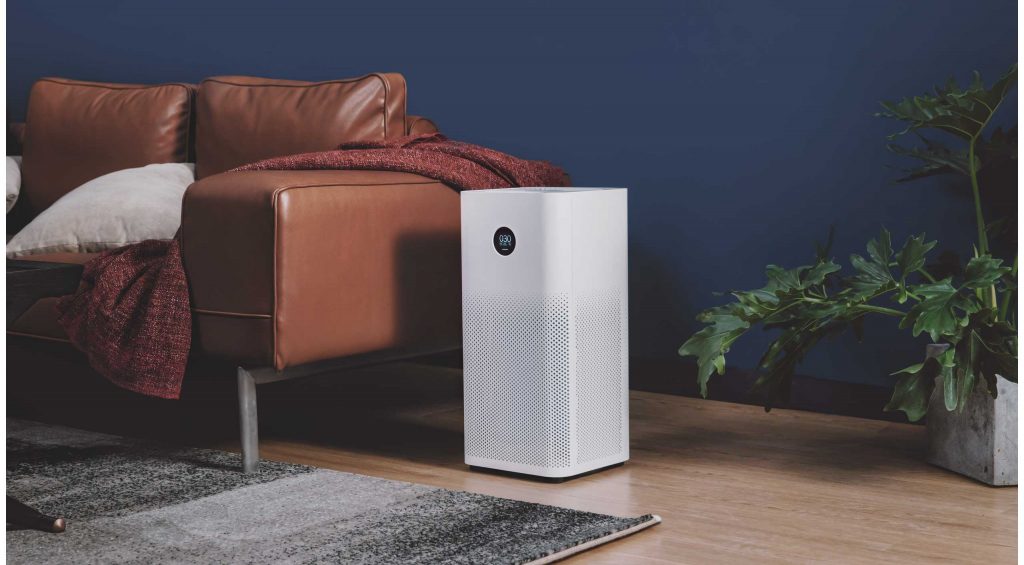
Purified hospitality
In the hospitality sector, more and more hotels and spas are investing in clean air solutions. In cities like Shanghai, hotels are beginning to offer clean air as an additional luxury – a respite from the dense smog outside their windows.
The Cordis Hongqiao hotel is a good example of how tackling pollution can equate to an increase in profit. In addition to ensuring all air that enters the building passes through two levels of filtration and is continuously cleaned, they also have fitted pollution monitors in each of their 396 guest rooms, displaying the PM2.5 levels of both inside and outside of the hotel. In an interview with the Guardian, managing director John O’Shea said that people sleep easier knowing the air quality in their room is far superior to what is outside – ultimately boosting room prices by 10%.
In spas, the same concept can be addressed in unique and attractive ways. Attention to our external surroundings is becoming a major part in spa marketing and will inevitably affect the future trends in spa treatments. From pollution-fighting masks and wraps to purified air chamber therapy. Oxygen therapy is another go-to alternative that has proven health results. After all, people are beginning to realise that yoga is only good for you if the air you inhale deeply is clean and not swamped with dangerous particles.
The easiest way to keep ahead of the curve is by install air purifiers in all treatment rooms if the air is not already filtered. Standalone purifiers such as the Mi Air Purifier 2S have the advantage of being seen (and looking stylish), leaving the guest confident the air is clean. An air quality reader helps validate that information clearly and identifies any rooms where outside air may be leaking in.
Adding HEPA filters to air-condition units also assists in capturing fine particles and the addition of low-maintenance air-purifying plants, such as Spider Plants and Snake Plants to treatment rooms, are both welcome additions.
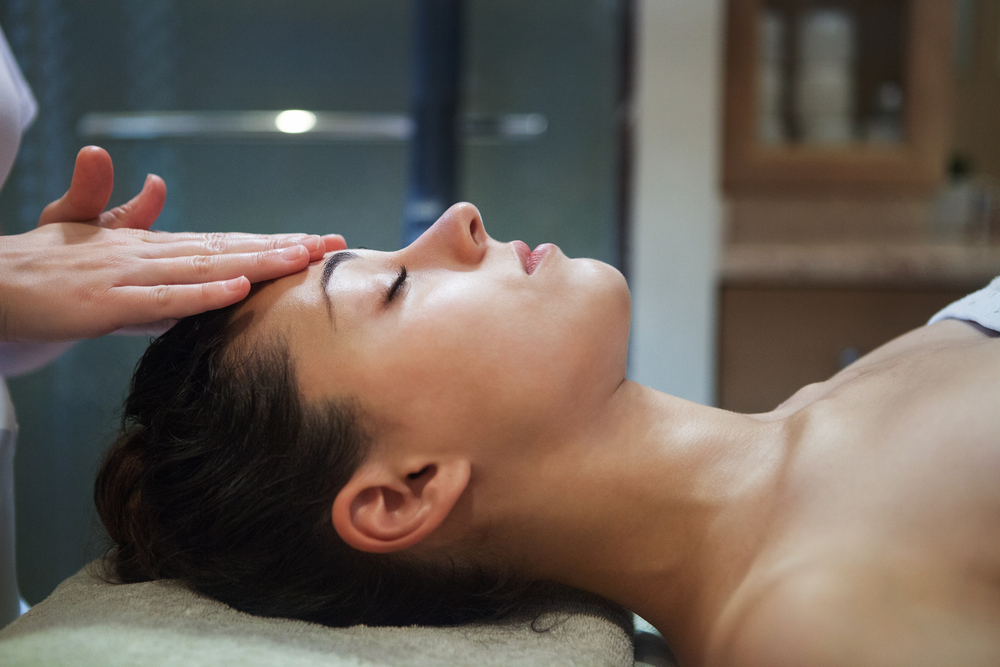
From the outside in
In addition to the effects, air pollution has on your body on the inside, it also wreaks havoc on the outside. Second, only to the sun, air pollution is the biggest aggressor when it comes to ageing skin.
According to Vogue, ultraviolet radiation, volatile organic compounds, heavy metals, nitrogen oxide, and ozone are all air pollutants that can seriously affect our skin. Pollution clogs pores, damages your skin, cause inflammation, dryness and dullness, excites pre-existing conditions such as eczema and can even cause an increase in hyperpigmentation. And while PM2.5 smog particles are too large to penetrate our skin cells, it can still cause major damage to the skin’s barrier functions. In the most extreme cases, external exposure to pollutants can even lead to an increased risk of skin cancer.
To combat this chronic bombardment of pollutants, a new world of anti-pollution cosmetics, creams and masks has flooded the market, tapping into the growing global awareness – for better or for worse. QMS Medicsometics’ Epigen Pollution Detox Serum and Rescue Mask, for example, both defend against free radicals and other pollutants encountered throughout the day.
In the wellness industry, more and more spa and medispa guests are looking towards treatments that offer genuine relief or active defence against skin damaged by pollution. At GOCO Spa Daios Cove, we partnered with 111Skin to offer a skin healing treatment designed to combat the effects of pollutants on the skin. By elevating antioxidant levels, it helps skin retain firmness, reducing sensitivity and helps to refine the skin’s overall texture. Some spas are even carrying out full skin analyses via their in-house labs before tailoring a regenerative anti-pollution facial to each guest.
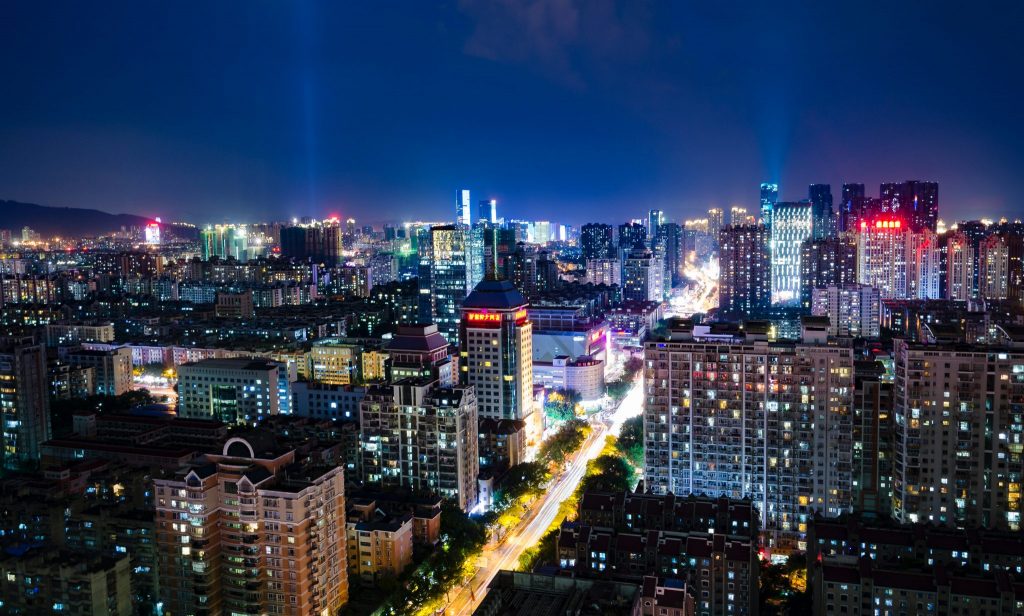
Looking through the haze
For those of us in the city, exposure to air pollutants is, unfortunately, unavoidable. And when it comes to both physical and mental wellness and our wellbeing, there are pollutants that we are blinded by, most of us ignorant to their equally disturbing effects.
Living in a super-illuminated world certainly has its benefits, but it can also affect both our physical and mental wellbeing. UV damage aside, light is actually one of the biggest pollutants of our age.
From harsh blue lights from our gadgets to a permanent streetlight glow blurring on the horizon, free radicals and light pollution can threaten our health in a multitude of ways. We all know that poor access to natural daylight can be detrimental to our health, but symptoms such as eyestrain, exhaustion and poor mental health all share a more sinister origin – artificial light.
Naturally, our bodies react to the ebb and flow of sunlight. As the sun sets, light levels decrease and emit a more orange hue, which signals to our brain to prepare for a restful night’s sleep through the production of melatonin, a hormone that regulates the sleep-wake cycle. In a busy, forever illuminated world, however, our bodies often find it hard to adapt.
In spas and hotels, the introduction of circadian lighting is becoming more and more popular. InterContinental Crowne Plaza Atlanta has recently begun piloting circadian lighting in all of its guest rooms. They claim the dual-spectrum technology, which switches between alertness and focus-enhancing spectrum during the day to a sleeping-enhancing spectrum at night, helps guests sleep better. SixSenses has also installed Healthe by Lighting Science’s GoodNight® and GoodDay® light bulb technology (first developed for NASA for use on the International Space Station) in a number of their hotels in a bid to decrease fatigue, lower stress on the eyes and improve guests’ overall wellness experience.
Even cosmetic brands have moved one step further than UV protection, tackling digital pollution head-on with anti-pollution creams and serums that offer new layers of defence against UVA, UVB, infrared radiation and blue light damage. Skin Regimen’s urban protection range used at Glen Ivy Hot Springs Resort in California, USA, is the perfect antidote to modern fatigue and urban lifestyle, this facial is ideal to renew the skin and counteract the effects of stress and pollution. Another is Dr. Barbara Strum’s Anti-Pollution drops, which feature special extracts from microorganisms and cocoa seeds to protect skin from ‘digital ageing’ caused by computers and mobile devices.
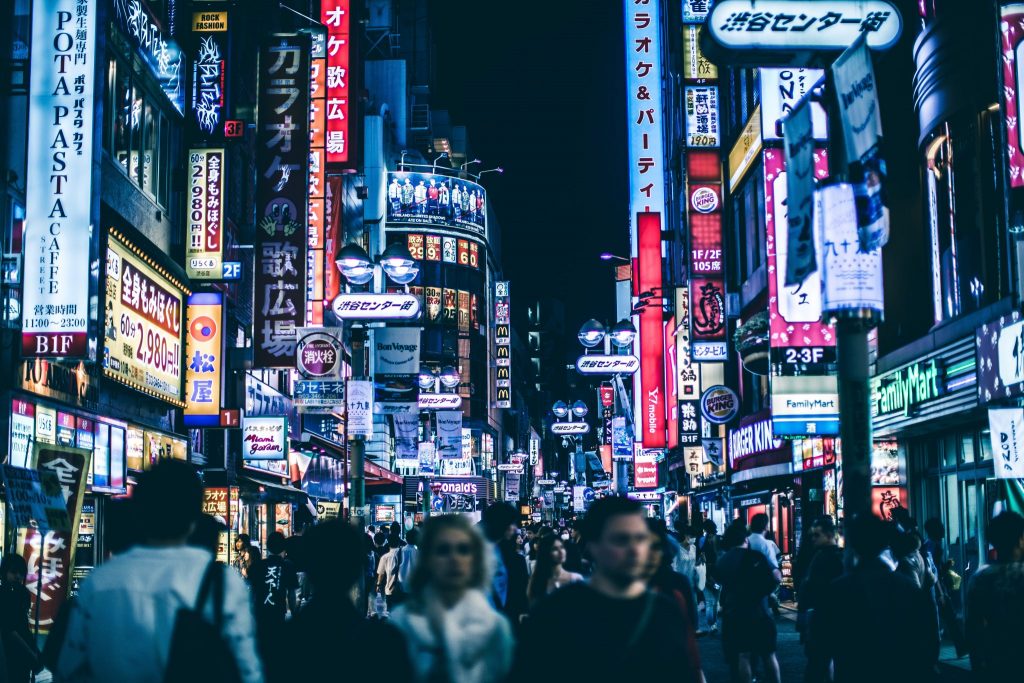
Listen to the inevitable
Finally, we must also ensure to remember the effects that sound pollution have on our mental state too. For city-dwellers, the hum and grind of traffic, construction and advertising have become normality, but noise pollution has been proven to have serious health effects.
According to the World Health Organisation, at least one million healthy years of life are lost each year in Europe due to noise pollution alone. A recent report concludes that there is overwhelming evidence to support the claim that exposure to environmental noise has links to health conditions such as cardiovascular disease, sleep disturbance, tinnitus, cognitive impairment in children, and annoyance.
Even background noise is said to set off the body’s acute stress response, raising blood pressure and heart rate, leaving people who live in cities, near airports or alongside busy roads suffering from higher incidences of headaches and are more prone to seek psychiatric treatment.
Sadly, in the hospitality world, noise can be the undoing of even the best hotels.
Disrupting sleep and affecting spa experiences, a top complaint is the noise. Without adequate soundproofing, guests will be deeply unhappy. Yet combatting noise pollution is not about achieving silence; it’s about creating quiet.
Blocking noise with shell, walls, windows and doors are essential, but not always enough. To remedy this unignorable distraction, companies such as MODIO offer products that play a continuous soothing background sound in guest rooms and spas, which allow guests the freedom to block out intermittent noises from their audio perception. Spas already offer sound therapies, but by adding sound-free experiences, spas can add to the overall pollution-free guest experience in new and exciting ways.
As awareness and genuine interest (read: concern) surrounding the effects of pollution exposure on our bodies increase, we must take the opportunity to not only protect ourselves as much as possible but also have adequate facilities for those actively seeking an escape from pollutants. Hospitality, health and wellness industries across the board should invest time into research and work to market brand new services, products, facilities and treatments that tap into this otherwise undesirable trend. And until governments and global industries begin to significantly reduce the amounts of pollutants they produce, we must accept that exposure is inevitable, but protection is key.
